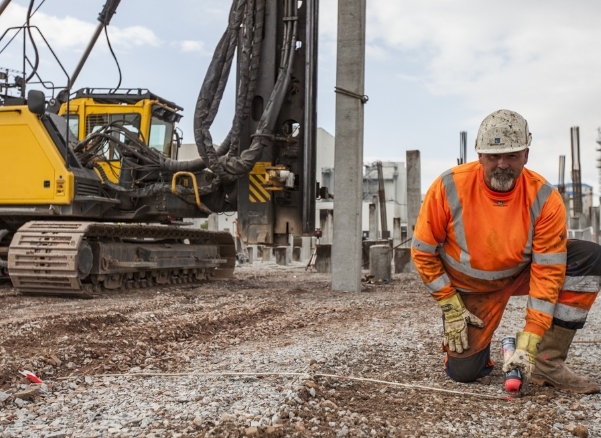Driven Precast Concrete Piling
Categories:
SolutionsPrecast concrete piles are installed in the ground by using pile driving equipment. Due to the possibility of carrying vertical and horizontal loads as well as bending moments, precast piles are used for the foundation of all sorts of engineering structures under virtually every soil conditions. Piles can be a single section, or several sections can be jointed to provide longer piles for deeper ground conditions.
Driven precast concrete piles generate no spoil or arising’s from the installation and removes the need for additional traffic movements in and out of the site. Piles can be provided in various sizes, formed in high strength concrete, with varying reinforcement. They are particularly useful where there is a need for very deep piles, typically up to 40 meters, in soft ground or in aggressive or contaminated soils.

The primary advantages of our technology includes a relatively short time of installation, high quality of the product, possibilities to carry out work in low air temperatures and driving piles at a rake as well as a full control of pile bearing capacities.
Over many years the Aarsleff Group has built up a reputation for expertise and integrity when it comes to providing technically innovative solutions to civil engineering foundation problems.
Driven Piling Installation Method:
Driven precast concrete piles generate no spoil or arisings from the installation and remove the need for additional traffic movements in and out of the site. On urban brownfield sites, there is also no hazardous waste to dispose of.
Over many years the Aarsleff team have built up a reputation for expertise and integrity when it comes to providing driven piling solutions to civil engineering foundation problems.
For more information about Aarsleff Ground Engineering or to send in your enquiry, call 01636 611140 and speak to a member of our expert team today, or drop us an email
The Latest. News, podcasts & projects






